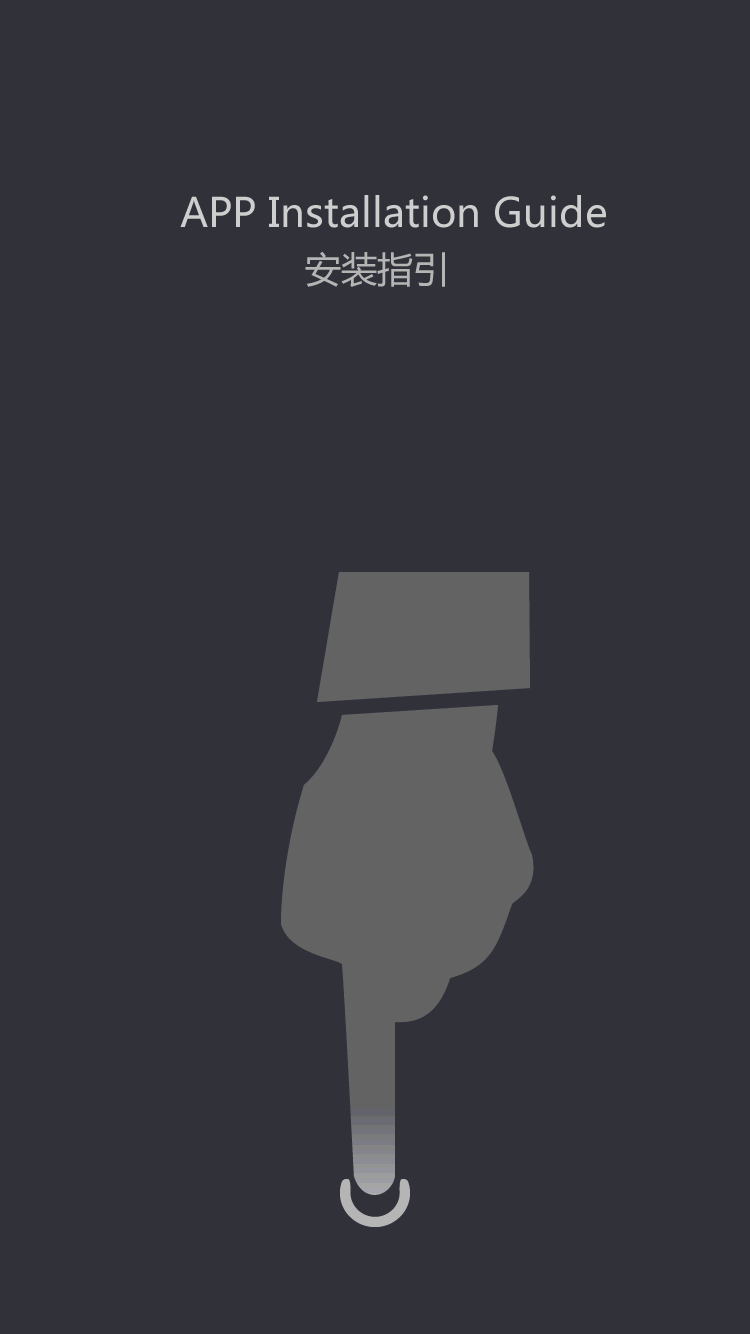Can Aircon Circuit Board
The dielectric materials’s thermal conductivity is measured in Watts per meter, Kelvin (W/mK.) A 2.0W score is fairly frequent; such content material is roughly 6x-7x as thermally conductive as FR4. A best practice is to maintain the dielectric layer as skinny as attainable. Doing so creates the shortest potential path from the heat supply to the metal backing plate, which is many occasions extra thermally conductive than the dielectric materials. Most of the materials are available a minimal range of thicknesses anyway, normally between .003″ and .006″.
Since this behavior of a WLCSP contrasts with the previous trends, it required extensive examine to find out and perceive the pre-mature physics of failure/causality of failure in zero.7mm board. In this paper, an effort is made to grasp the mechanism which is inflicting an early failure in the thinner board. The impact of number & thicknesses of core layers, prepregs and Cu layers in the board has been studied through materials characterization of both 1mm and zero.7mm boards.
Doing so creates the shortest possible path from the warmth supply to the steel backing plate which is many instances more thermally conductive than the dielectric materials. Most of the materials are available a really restricted range of thicknesses anyway, often between .003' and .006'. You gained`t have all that much opportunity to specify something thicker that could diminish the effectiveness of the fabric at performing its thermal switch perform.
It more inflexible than each aluminum and copper, but thermal conductivity is lower than them too. People will select their own base/core material according to their completely different applications. 2 is a course of diagram illustrating a technique of manufacturing a steel core printed circuit board according to an exemplary embodiment of the present invention. 1 is a process diagram illustrating a method of producing a steel core printed circuit board based on the prior artwork. The present invention relates to a way for manufacturing a core printed circuit board.
Due to the Dielectric Layer, through the operating of the circuit system, the temperature should not exceed 140 ° C. In addition ,the temperature should not exceed 250 ℃ ~ 300 ℃ in the manufacturing process which is very important for solder machine. Anyway, metallic core PCB is paying an important position in the industry of PCB.
You can name them whichever name which you wished as these are boards and specially designed with explicit metal for the circuit board. There are many benefits of MCPCB for its use with excessive thermal conductivity. The dielectric material`s thermal conductivity is measured in Watts per meter, Kelvin (W/mK.) A 2.0W ranking is fairly widespread; such material is roughly 6x-7x as thermally conductive as FR4.
With the literature and past developments supporting the idea of thinner boards, producer opted to maneuver ahead by decreasing the thickness of their PCBs to enhance the reliability of their packages. The thickness was decreased from 1mm to 0.7mm by lowering the thicknesses of particular person layers and preserving the whole variety of layers fixed. When subjected to thermal biking, it was noticed that 0.7mm board was failing earlier than the 1mm board.
Further, a design optimization account has also been presented to enhance the thermo-mechanical reliability of this package. There are plenty of advantages with steel core PCB, similar to warmth dissipation, thermal expansion, and dimensional stability and so forth; however, there are additionally some restrictions in practical application.
You won’t have all that a lot alternative to specify something thicker that could diminish the effectiveness of the fabric at performing its thermal switch function. Metal Core PCB means the core material for PCB is the metal, not the traditional FR4/CEM1-three, and so on. and at present, the most common metal used for MCPCB manufacturer are Aluminum, Copper and metal alloy.
Metal-core PCBs are often used to conduct heat away from vital parts in excessive energy designs. There are distinct benefits to metal core PCB’s over standard core materials similar to their capability to integrate a dielectric polymer with a excessive thermal conductivity for a decrease thermal resistance. A metal core PCB has the capability to transfer hear as much as 9 times sooner than standard FR4 laminate. MCPBC’s core materials are glorious for dispelling heat, maintaining critical warmth-generating elements cool which in turn can increase efficiency, performance and lifetime operation.








